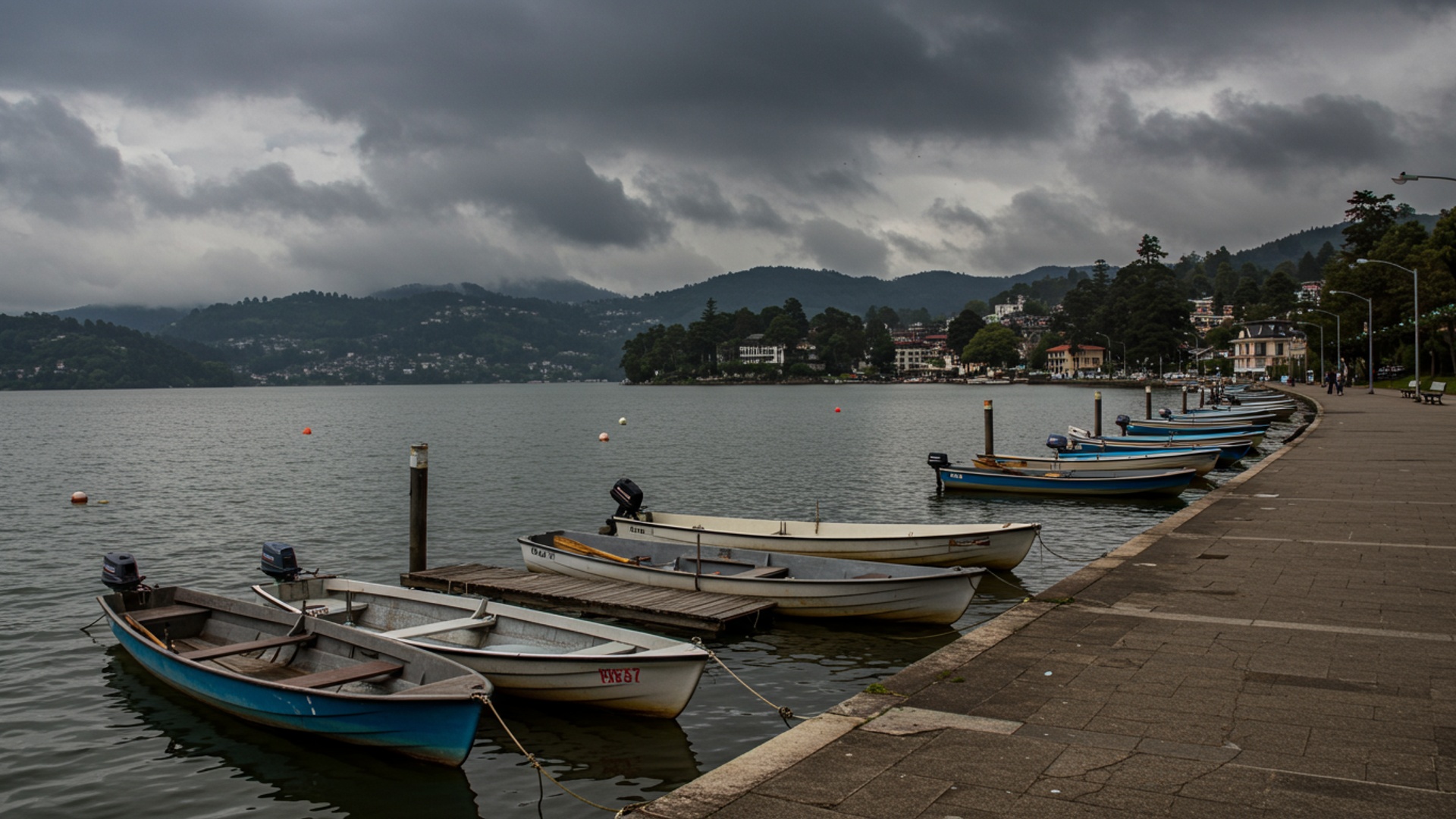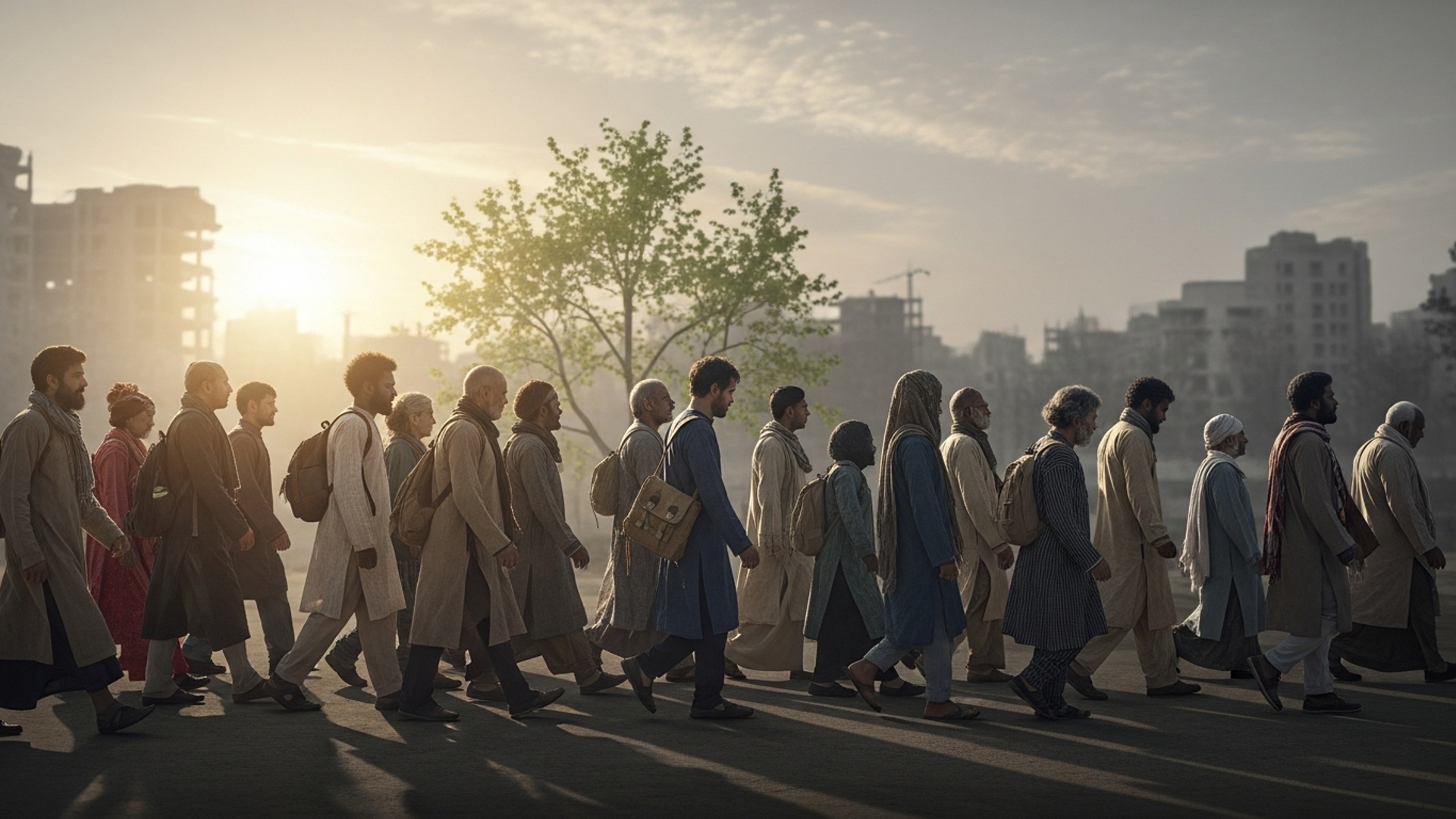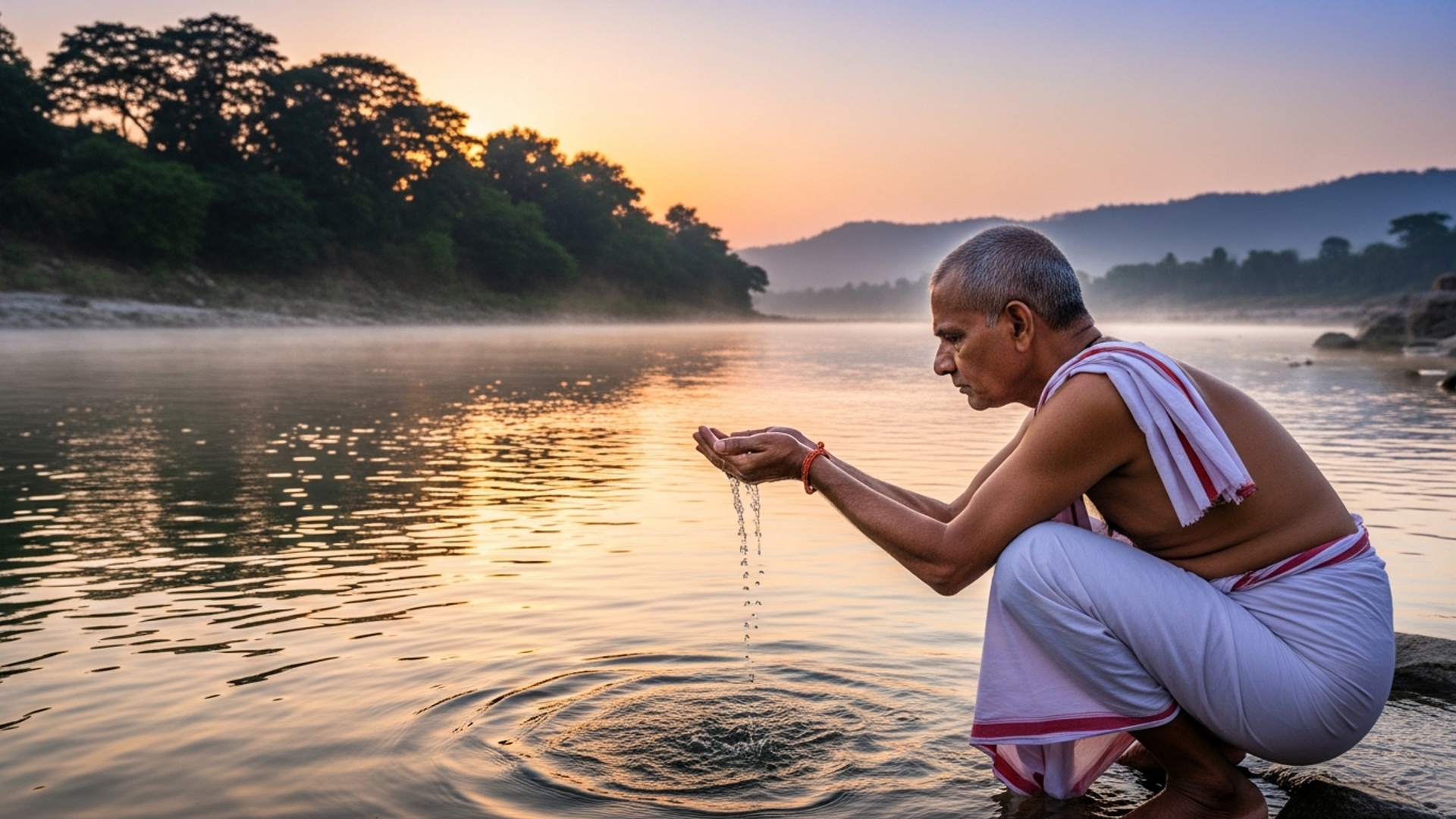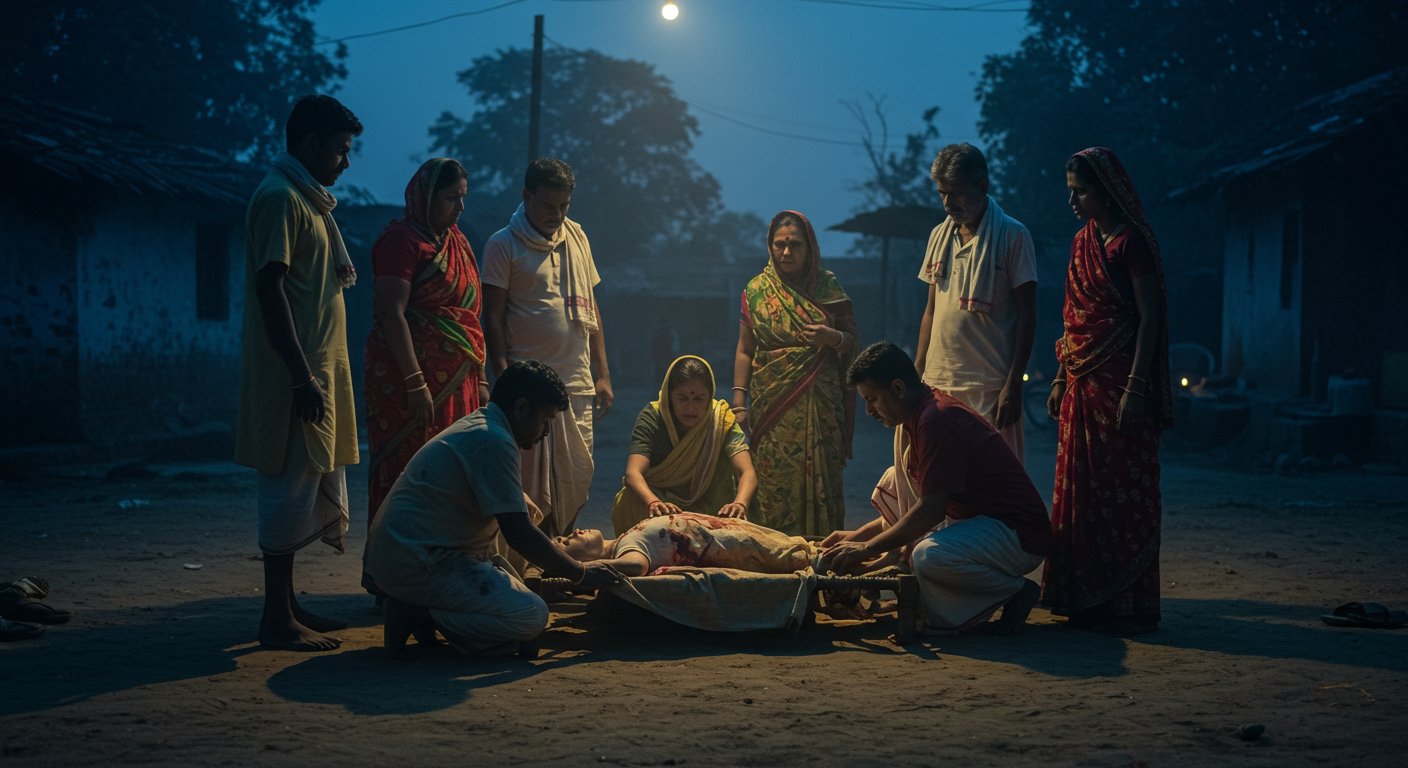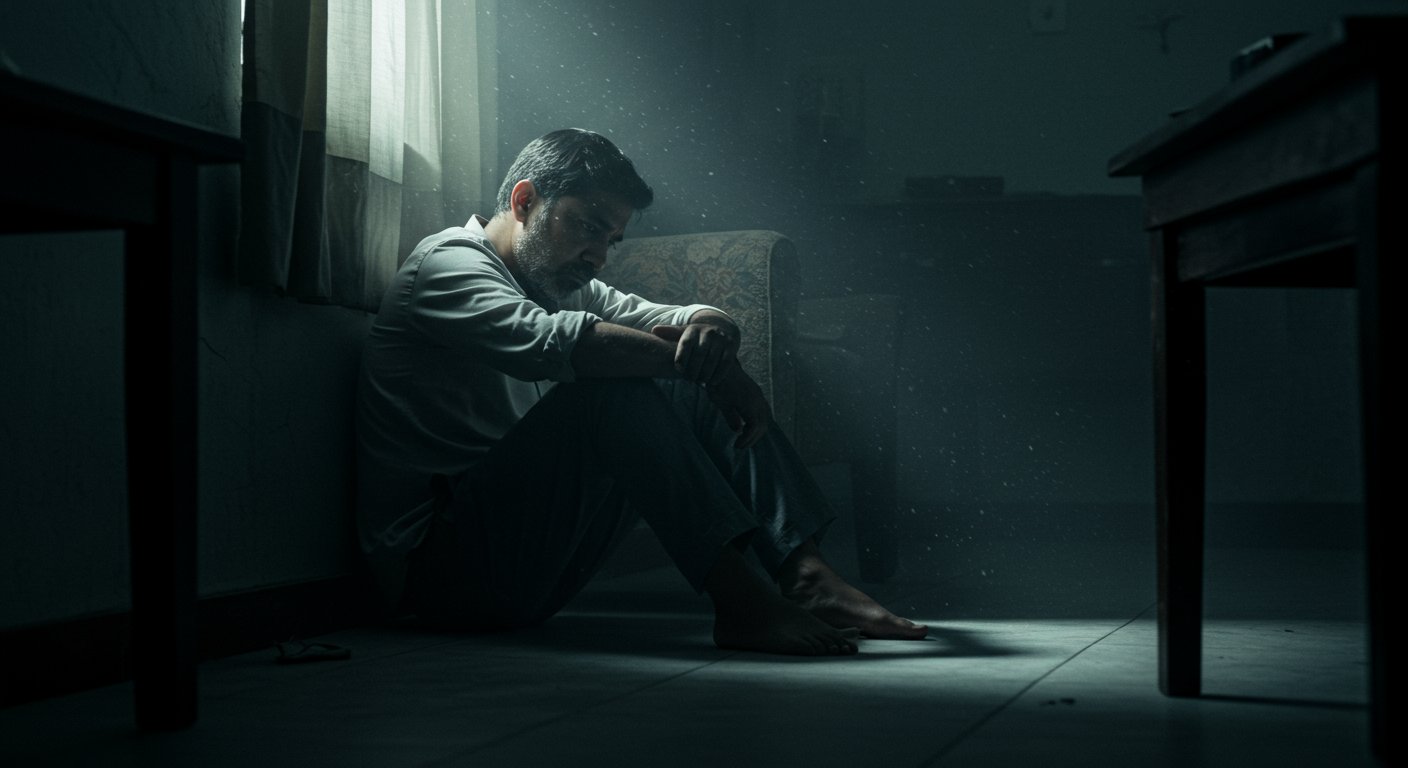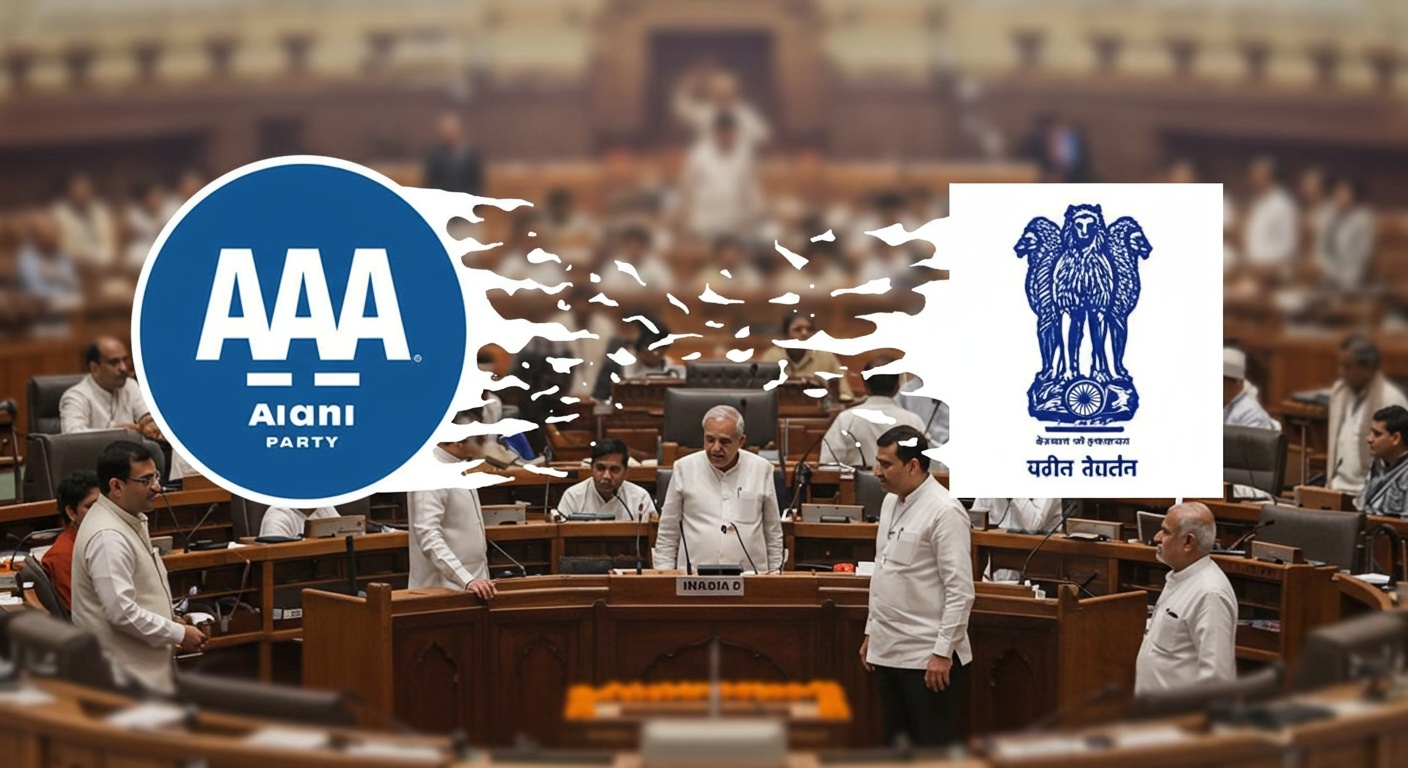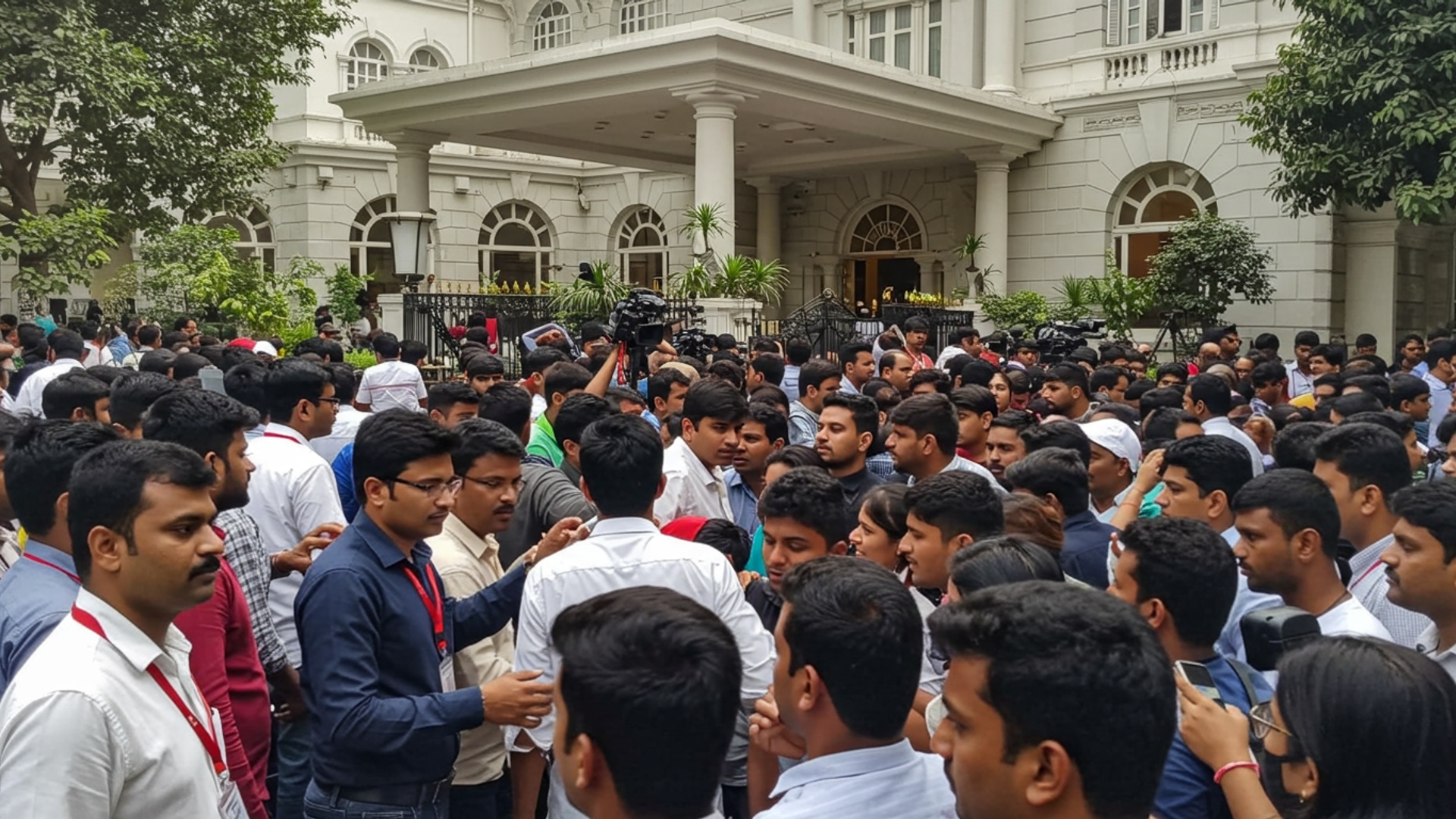Uttarakhand’s crucial tourism industry faces a severe crisis as furious monsoon rains hammer the region, sending Nainital’s tourist bookings plummeting. This relentless downpour, a common yearly event but far more intense this season, has made travel treacherous and picturesque spots inaccessible, causing a dramatic halt to visitor flow. Hotels and guest houses in the popular hill station report near-empty rooms, shattering the hopes of local businesses reliant on the summer rush. The ongoing weather chaos poses a dire threat to livelihoods across the state, leaving a once bustling tourism sector crippled and uncertain of recovery.
Heavy Rains Cause Trouble
Uttarakhand, a state known for its mountains and natural beauty, is currently facing severe challenges due to heavy monsoon rains. The season, which typically runs from June to September, has brought with it widespread flooding and landslides across many areas. These heavy downpours have caused significant damage to daily life and key public structures. Roads, bridges. power lines have been affected, making travel and communication difficult for many people.
Reports show that heavy rains have led to several deaths and injuries across the state. In incidents across different districts, people have lost their lives due to landslides and the force of water. The India Meteorological Department (IMD) has issued various warnings, including red, orange. yellow alerts, for heavy to very heavy rainfall in several districts, including Nainital, Dehradun. Haridwar.
The state government and other groups are working to help those affected by the rains. Rescue operations are taking place to help people stuck in flood-hit areas. Relief camps have also been set up to give shelter, food. medical help to those who have had to leave their homes.
Travel to Nainital Gets Harder
The popular hill station of Nainital has been greatly impacted by the ongoing heavy rains and landslides. Travel to the town has become much harder. Many main roads and highways that lead to tourist spots have been blocked. This includes vital routes that connect different parts of the state and are used by many travelers.
The state’s disaster management authority has advised tourists and people on religious journeys, especially those going to places like Char Dham, to avoid traveling during this time. This advice comes as a necessary step to keep people safe given the unpredictable weather and the high risk of landslides and sudden floods in the mountainous areas. Experts note that the region’s steep slopes and narrow roads become unsafe and unstable during heavy rains.
The closing of roads and the general fear of bad weather have made it very hard for people to reach Nainital. This has a direct effect on the number of visitors coming to the area. Even with some people previously believing that monsoon adds to Nainital’s beauty, the current conditions are proving too risky for travel.
Hotels See Fewer Guests
The tourism business in Nainital has been hit hard, with a very large number of hotel bookings being cancelled. Digvijay Singh Bisht, who is the President of the Nainital Hotel & Restaurant Association, has stated that around 80 percent of bookings in various hotels in Nainital have been cancelled.
The situation has become so bad that hotel owners report their phones are “not ringing at all” for new bookings. This slowdown began in June and July due to early and heavy monsoon rains, which already reduced earnings for businesses. Hoteliers had hoped for a boost in visitors during the upcoming Independence Day long weekend and other holidays. these hopes have been ruined by the recent issues.
One major reason for this sharp drop is the fear among tourists. There is misleading data on social media that suggests the entire state of Uttarakhand is unsafe for travel. This has caused many people to cancel their trips, even if their specific destination might not be directly affected by a disaster.
“Hotel and resort owners were expecting good tourism during Independence Day. Advance bookings were building strong hopes. more than half of those bookings have been cancelled within six days of the Dharali incident.” – Tribhuvan Fartyal, President of the Pangot Hotel and Restaurant Association.
“80 percent of bookings in various hotels in Nainital have been cancelled. Earlier, tourists used to inquire about weather conditions before booking. now, phones aren’t ringing at all.” – Digvijay Singh Bisht, President of the Nainital Hotel & Restaurant Association.
In contrast, other nearby places like Mussoorie have not seen such a big drop. Sanjay Agarwal, President of the Mussoorie Hotel Association, reported only about 5 to 10 percent booking cancellations, with bookings around the August 15th holidays still normal.
Local People Face Problems
The drop in tourism in Uttarakhand is causing serious problems for local people who depend on visitors for their daily earnings. Small businesses, shops. many individuals who work on a daily wage basis are facing a loss of income. This includes street vendors, boat operators, horse operators. rickshaw pullers, all of whom rely heavily on tourists.
The economic impact of the monsoon has been severe, causing financial strain on many households. Besides loss of work, people are also facing increased costs for repairs and medical treatments due to the damage caused by floods and landslides.
Beyond the immediate financial struggles, there are also concerns about basic resources. Some local people have reported issues with water supply. While Nainital largely depends on Naini Lake for its water, heavy construction for tourism can affect natural water sources. There are claims that hotels sometimes divert water, leaving local villages with a limited supply.
The increased number of visitors during peak times, along with unplanned building activities, has also put a strain on the area’s sensitive natural environment. This can lead to problems like crowded roads, traffic jams. difficulty with waste management.
Government Steps Taken
In response to the severe weather, the state government and various departments have put in place measures to handle the situation and protect the public. The Uttarakhand State Disaster Management Authority (USDMA) has issued clear guidelines to all District Magistrates.
These guidelines include:
- Advising people near rivers and low-lying areas to stay alert and be ready to move to higher ground.
- Telling pilgrims and tourists, especially those heading to religious sites, to avoid traveling during the heavy rain period.
- Instructing authorities to monitor traffic, provide timely updates. be prepared for emergencies.
- Directing agencies like the Public Works Department (PWD) and Border Roads Organisation (BRO) to keep roads clear of blockages.
- Closing schools and childcare centers in several districts, including Nainital, as a safety measure.
- Keeping police stations and village heads on high alert with essential items like torches and plastic sheets ready.
Despite these efforts, hoteliers in Nainital are calling for more action from the government and local administration. They are asking for a clear and positive message to be sent out to support tourism businesses and help counter the negative image spread by social media. They believe that such steps are needed to help the struggling tourism sector recover.
Looking Ahead
The current monsoon season highlights the ongoing challenges faced by Uttarakhand’s tourism sector. While the rains are vital for farming and water sources, their intense nature, made worse by changing weather patterns, continues to cause widespread disruption.
Historically, the state has seen a drop in tourist numbers during monsoon, especially after major natural disasters like the 2013 Kedarnath floods. The fear of damage and safety concerns often lead to fewer visitors.
For places like Nainital, where tourism is a major part of the local economy, the sudden and sharp drop in bookings is a serious concern. The industry had hoped for a recovery after a weaker peak season in May and June, which was affected by other events.
The focus now is on how quickly the affected areas can be made safe and how effectively the government can rebuild confidence among travelers. While monsoon usually brings out a different kind of beauty in the hills, the current situation stresses the need for stronger infrastructure and better planning to deal with such extreme weather events in the future.
![]()
